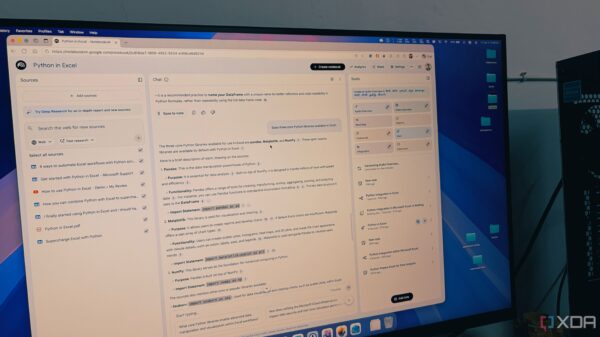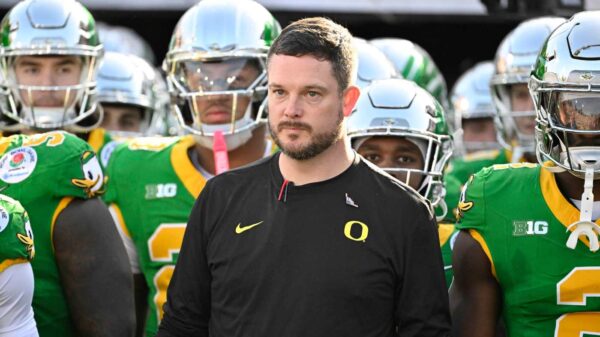As the December 1, 2023, deadline approaches for determining the format of the College Football Playoff (CFP) starting in 2026, SEC Commissioner Greg Sankey emphasized the possibility of maintaining a 12-team structure if the SEC and Big Ten cannot come to a consensus. Following discussions with Big Ten Commissioner Tony Petitti, Sankey acknowledged differing perspectives on the playoff’s future, particularly regarding the distribution of guaranteed spots and the inclusion of play-in games.
Conflicting Perspectives on Playoff Structure
Sankey revealed that he and Petitti spoke frequently last week, highlighting their ongoing dialogue about the playoff’s direction. The Big Ten has shown a preference for a system that guarantees spots for conference champions, whereas the SEC is leaning towards a 16-team format that would include the five highest-ranked conference champions alongside 11 at-large bids. “The Big Ten has a different view,” Sankey stated during the SEC Media Days at the College Football Hall of Fame. “That’s fine. We have a 12-team playoff, five conference champions. That can stay if we can’t agree.”
In March 2024, the nine FBS commissioners and Notre Dame leadership reached a memorandum of understanding regarding a new media rights deal with ESPN. This document, according to Sankey, grants significant control over the playoff’s format to the Big Ten and SEC. Despite some questioning the agreement, he reaffirmed the authority of the two conferences in shaping the future of college football.
Addressing Schedule and Competition Concerns
Sankey indicated that decisions regarding the conference’s schedule, including the potential shift from eight to nine league games, are critical in the ongoing discussions about the CFP. Multiple sources within the Big Ten have suggested that they would only consider a 5+11 model if both the SEC and the ACC move to nine league games. He noted that all SEC teams faced at least nine games against Power Five opponents last season, with many playing ten of their twelve games against top-tier competition. “I don’t believe there’s anyone looking to swap their conference schedule and its opponents with the opponents played by the Southeastern Conference teams,” Sankey asserted.
Once a decision is made regarding the schedule, Sankey expressed confidence that the conference office is prepared to implement it swiftly. “It won’t linger terribly much longer,” he said, emphasizing the importance of timely decisions for the 2026 season.
During his address, Sankey also reflected on the broader landscape of college athletics, stating that he has not witnessed such significant change in the past century. “From my perspective, college athletics is not broken. It is under stress. It is strained,” he remarked, highlighting the financial pressures universities face as they navigate changes in the athletic environment.
As financial burdens increase due to new regulations, Sankey mentioned that the SEC is exploring “outside financing ideas,” although he maintained that the league’s position on private equity remains unchanged for the time being. “We have been probably two-and-a-half, three years into visits with banks, private equity, with venture capital,” he explained. “That doesn’t mean we won’t consider opportunities for mutual benefit, but the notion of just jumping to something because there’s a pot of money there seems an uninformed direction.”
As discussions continue, the outcome of the playoff format remains uncertain. The differing views between the SEC and Big Ten will play a pivotal role in shaping the future of college football.






































































